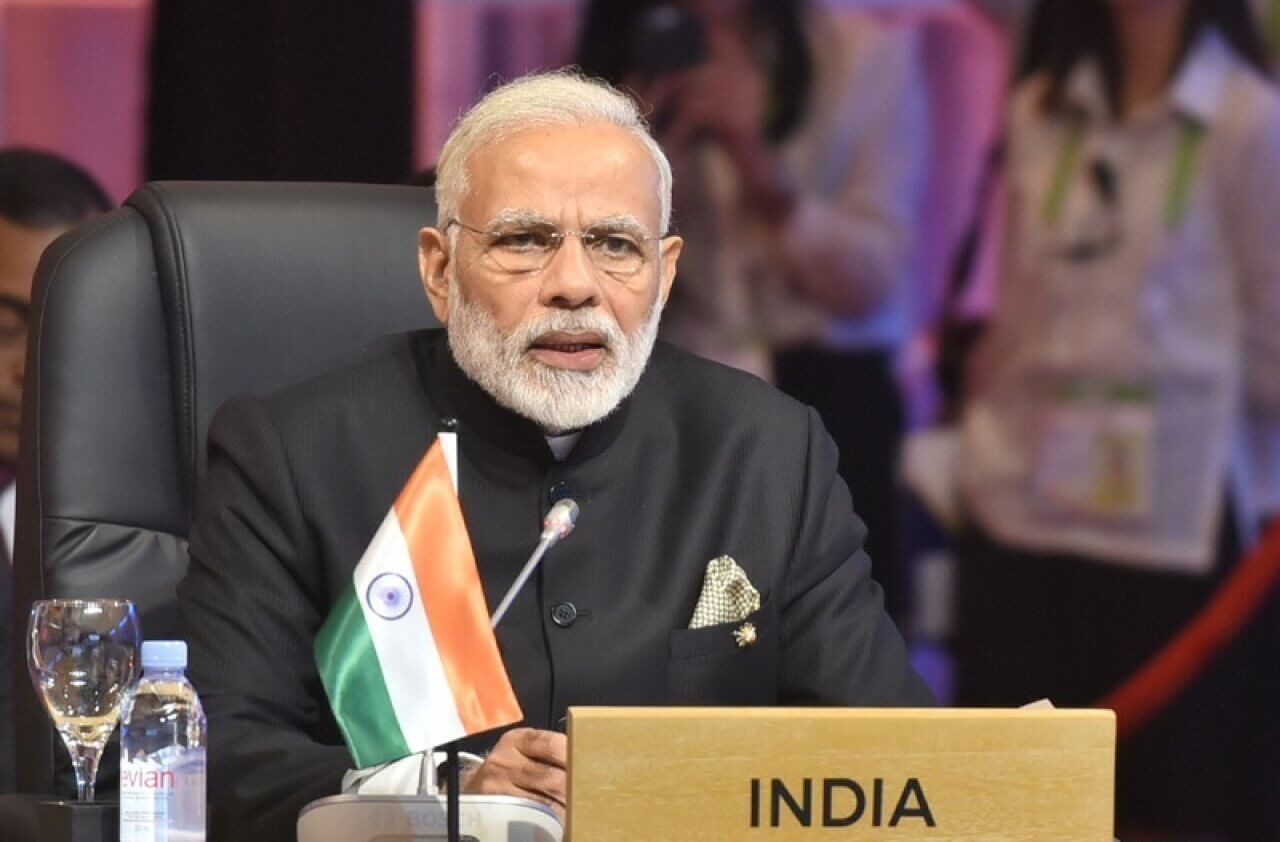Amid escalating border tensions with China in eastern Ladakh, Indian Prime Minister Narendra Modi met with National Security Adviser Ajit Doval, Chief of Defence Staff General Bipin Rawat, and three service chiefs. Government sources say they discussed how to strengthen India’s “military preparedness” and confront “external security challenges” in lieu of the intensifying situation along the Line of Actual Control (LAC) in Ladakh and Sikkim.
The current situation was set in motion in early May after two separate skirmishes between Indian and Chinese forces in Pangong Tso Lake in Eastern Ladakh and at the Naku La pass in Northern Sikkim. In the aftermath of these events, Indian Army Chief Manoj Mukund Naravane sought to downplay the brawls, saying they were not linked and that the situation was being mutually and amicably resolved. In fact, Gen. Naravane that one should not “read too much into” such scuffles as they are “very common” and “business as usual”. Moreover, he conceded that there was “aggressive behavior” by both sides.
However, since then, there have been multiple incursions across the LAC into Indian territory by the Chinese People’s Liberation Army (PLA), including in the Galwan valley, which is not a disputed area. Army sources claim that Chinese troops have also engaged in “aggressive posturing” in Pangong Tso Lake, Demchok, and Daulat Beg Oldi. In fact, it is estimated that China has stationed close to 5,000 soldiers on its side of the Ladakh border.
In response, India has increased its troop presence in Ladakh, north Sikkim, Uttarakhand, and Arunachal Pradesh. Doval, who was present at the meeting with Modi, has also been keeping a close eye on events along the LAC in Ladakh, and in north Sikkim and Uttarakhand.
A government official has said, “China’s strategy to put military pressure on India will not work. We want restoration of the status quo along the LAC.” In addition, India stood firm in saying that it will not put a halt to any infrastructural projects along the 3,500 km border between India and China, even in the face of China’s efforts to stall such development. The Ministry of External Affairs spokesperson, Arunachal Pradesh, also dismissed China’s position that escalating tensions were a result of Indian forces ‘trespassing’ onto the Chinese side of the LAC.
China is strongly opposed to India’s infrastructural development in the region, and is particularly angered by projects in the Pangong Tso Lake region and the Galwan area. However, India insists that these projects are firmly within its own territory. India is currently building 61 Indo-China Border Roads (ICBRs) under the Border Roads Organization (BRO), while China is building underground tunnels and building an airport with tarmac for helicopters and combat aircraft.
Some experts fear that this situation may escalate into a situation like what was seen at Doklam in 2017, when Indian and Chinese troops engaged in a 73-day stand-off, triggering fears of a war. Luckily, cooler heads prevailed and this did not come to pass. In fact, a set of guidelines were agreed upon by both parties at the informal summits in Wuhan in 2018 and in Mamallapuram in 2019.
During the ongoing situation, local commanders from both sides have held at least five meetings until this point. Thus far, only the situation in Sikkim has de-escalated. It is hoped that further dialogue between the two sides will lead to further compromise and a suspension of hostilities.
PM Modi Meets With Top Military Brass to Discuss Escalating Indo-China Border Tensions
Modi met with the National Security Adviser and the Chief of Defence Staff General.
May 27, 2020

IMAGE SOURCE: PTI
